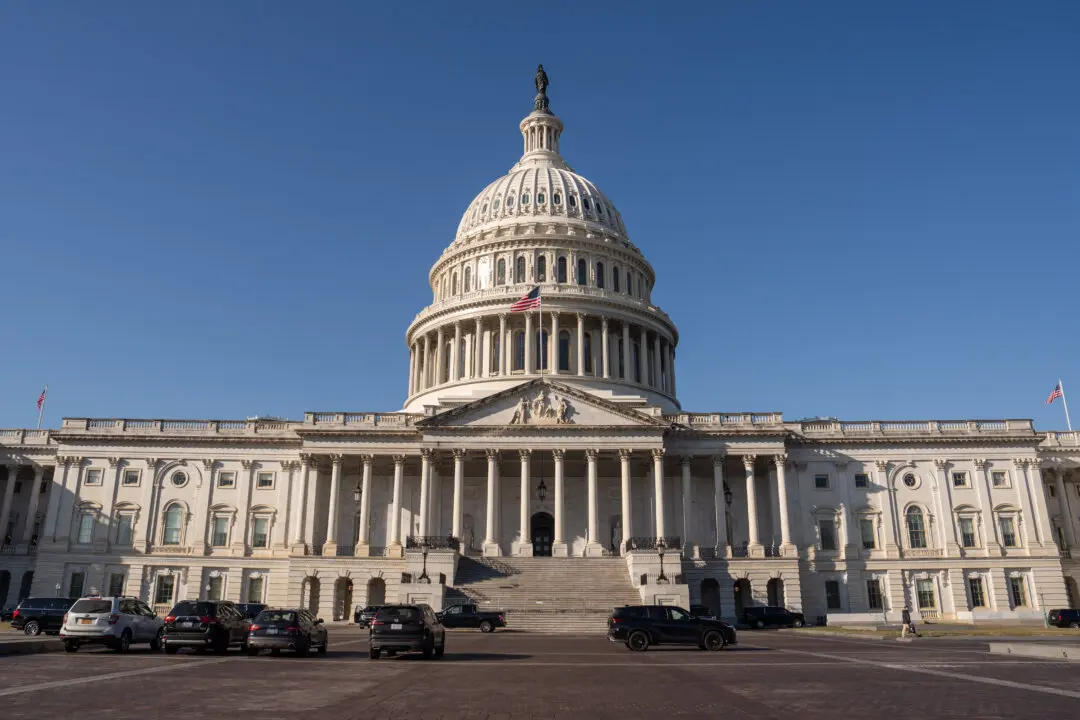The Prairie Band Casino and Resort off U.S. Highway 75 in northeast Kansas is a sprawling Las Vegas-style casino and hotel with an RV park and golf course that employs 750 and generates $65 million in annual revenue.
Owned by the Prairie Band Potawatomi Nation, the resort in Mayetta, Kansas, features a 35,000-square-foot gaming floor, 1,100 slots, 300 hotel rooms, and seven bars and restaurants.





